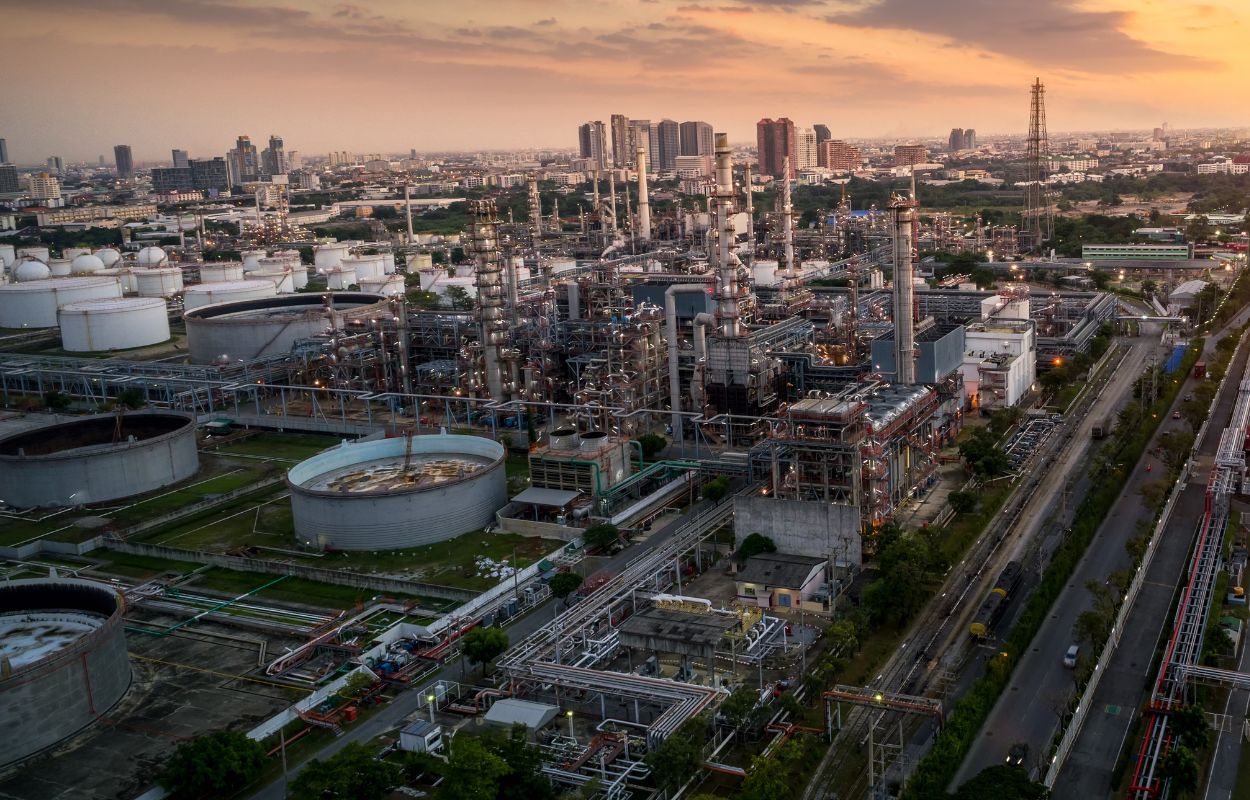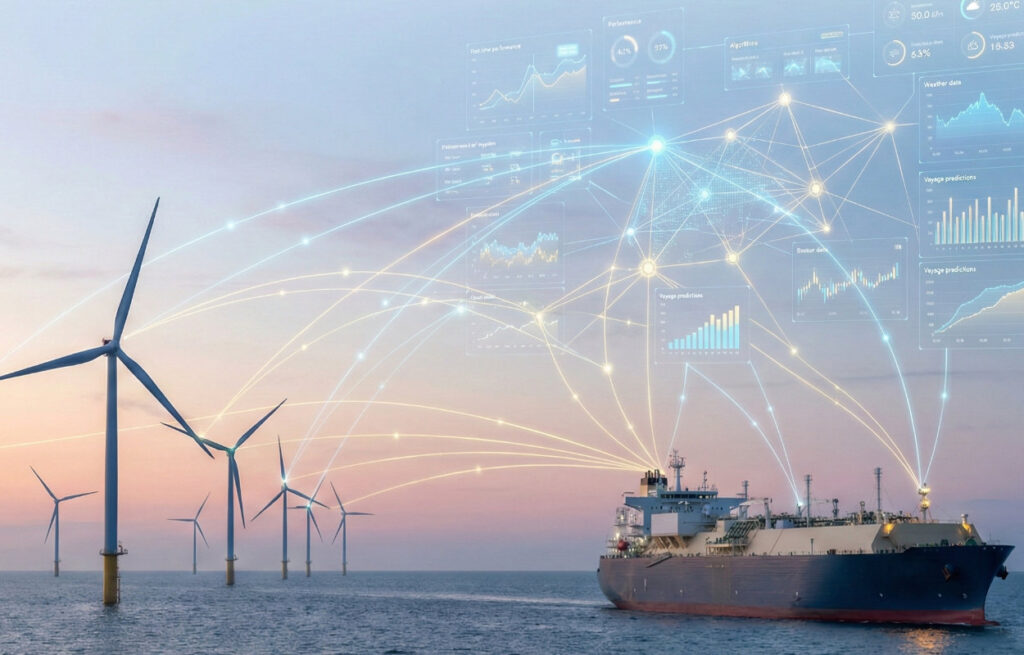We had the pleasure of speaking with Rebecca Hofmann, CEO of Blockchain For Energy (B4E), about the future of the energy industry. Rebecca reveals how converging technologies like IoT, AI, and blockchain can reshape the sector—and why true transformation only happens when industry collaboration and shared standards turn innovation into action.
Built For Yesterday
The energy sector is at a tipping point. Decarbonization goals, outdated infrastructure, geopolitical shocks, and growing demands from investors and consumers alike are pushing the industry to transform—and fast. But, while strategy often points forward, operations remain bogged down in legacy systems, siloed data, and paper-heavy workflows.
Here are the facts:
- 70% of industrial companies, including energy, cite data silos as the top barrier to digital transformation (McKinsey)
- Unplanned downtime costs industrial manufacturers approximately $50 billion annually, underscoring the critical need for predictive maintenance and real-time monitoring (Forbes)
- Despite global efforts to reduce methane emissions, fossil fuel production and usage generated 120 million tonnes of methane emissions in 2023. This highlights significant gaps in emissions monitoring and the need for enhanced transparency (Yale Climate Connections)
As the industry looks ahead, three emerging technologies form the backbone of a smarter, more responsive energy ecosystem: Internet of Things (IoT), Artificial Intelligence (AI), and blockchain. Their convergence isn’t just a technological shift; it’s a strategic reimagining of how energy is produced, moved, monitored, and validated.
Addressing Energy’s Core Challenges Through Technology
IoT (Internet of Things): For Operational Blind Spots & Manual Monitoring
IoT sensors provide real-time visibility into field operations, capturing flow rates, delivery confirmations, emissions levels, and equipment status. This replaces manual reporting with continuous, real-time data, enabling proactive maintenance and better safety outcomes.
AI (Artificial Intelligence): For Reactive Decision-Making & Inefficient Asset Use
AI transforms raw data into insights. It detects anomalies, forecasts events, and enables predictive maintenance, reducing downtime, improving asset utilization, and helping teams act on what matters most.
Blockchain: For Trust, Auditability & Fragmented Collaboration
Blockchain ensures that data is tamper-proof, verifiable, and shared across stakeholders securely. It creates a single source of truth for regulatory reporting, reconciliation, and partner collaboration, cutting delays, disputes, and paperwork.
Together, these technologies provide the operational architecture needed for real-time, trusted collaboration across the value chain.
Convergence in Action
One use case demonstrating the benefits of converging IoT, AI, and blockchain is emissions tracking, a longstanding challenge for operators navigating both regulatory demands and ESG expectations.
As industries strive for greater transparency and efficiency in emissions management, B4E developed a seamless solution. Rather than relying on separate teams to juggle data from sensors, spreadsheets, and third-party platforms, B4ECarbon integrates everything into one system. It captures emissions data in real time using IoT sensors, applies AI-driven analytics to surface insights and identify anomalies, and secures the data on the blockchain for immutable verification and transparency.
The result? Operators can confidently generate verified carbon credits, streamline ESG reporting, and respond to environmental targets in real time, not months later. This powerful combination allows for automated emissions reporting, trusted data exchange, and new monetization opportunities in carbon markets. It’s a clear example of how the convergence of technologies like IoT, AI, and blockchain creates value across the board—operationally, financially, and reputationally.
Learn more about our other solutions and use cases here: B4ELogistics and B4EWallet.
The Future is Connected
The convergence of IoT, AI, and blockchain is just beginning to reshape the energy sector. Over the next decade, we can expect:
- Fully autonomous logistics chains driven by AI, with blockchain-backed validation at each step
- Interconnected platforms where data flows securely across business units, vendors, and regulators
- Smart compliance systems that verify Environmental, Social, and Governance performance in real time, not after the fact
- New models of collaboration based on verifiable, trusted data instead of manual reconciliation
But this isn’t just a technical transformation. It’s an operational and cultural one. Those who embrace these tools early will be best positioned to lead the future of energy.
A Call to Collaborate: Introducing Blockchain For Energy (B4E)
Making this future a reality requires collective effort. That’s where Blockchain For Energy (B4E) comes in. We’re on a mission to deliver real-world tools that reduce costs, increase efficiency, and support long-term sustainability for the energy industry. As a non-profit industry consortium, we bring together global energy leaders to co-develop, standardize, and scale emerging technologies that solve shared challenges. We can’t make the progress required working in silos. Learn more at: www.blockchainforenergy.net
Looking for more insights?
Get exclusive insights from industry leaders, stay up-to-date with the latest news, and explore the cutting-edge tech shaping the sector by subscribing to our newsletter, Commodities Tech Insider.




